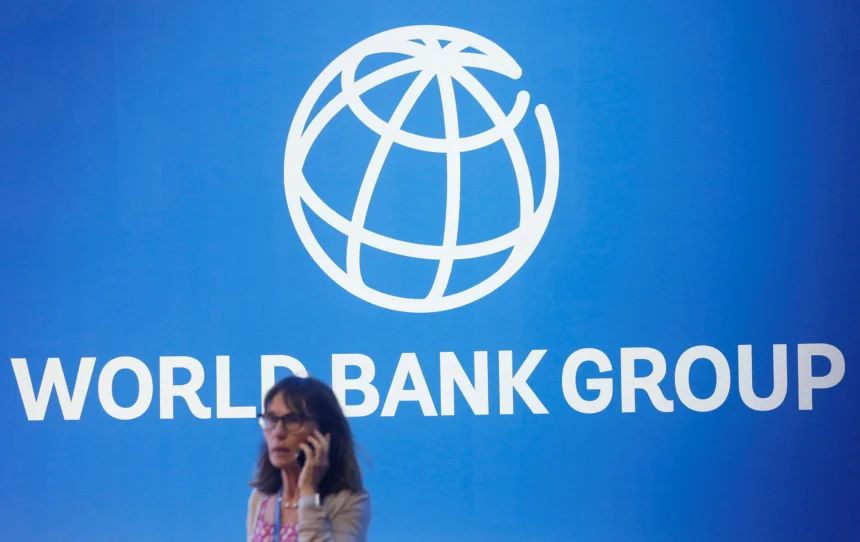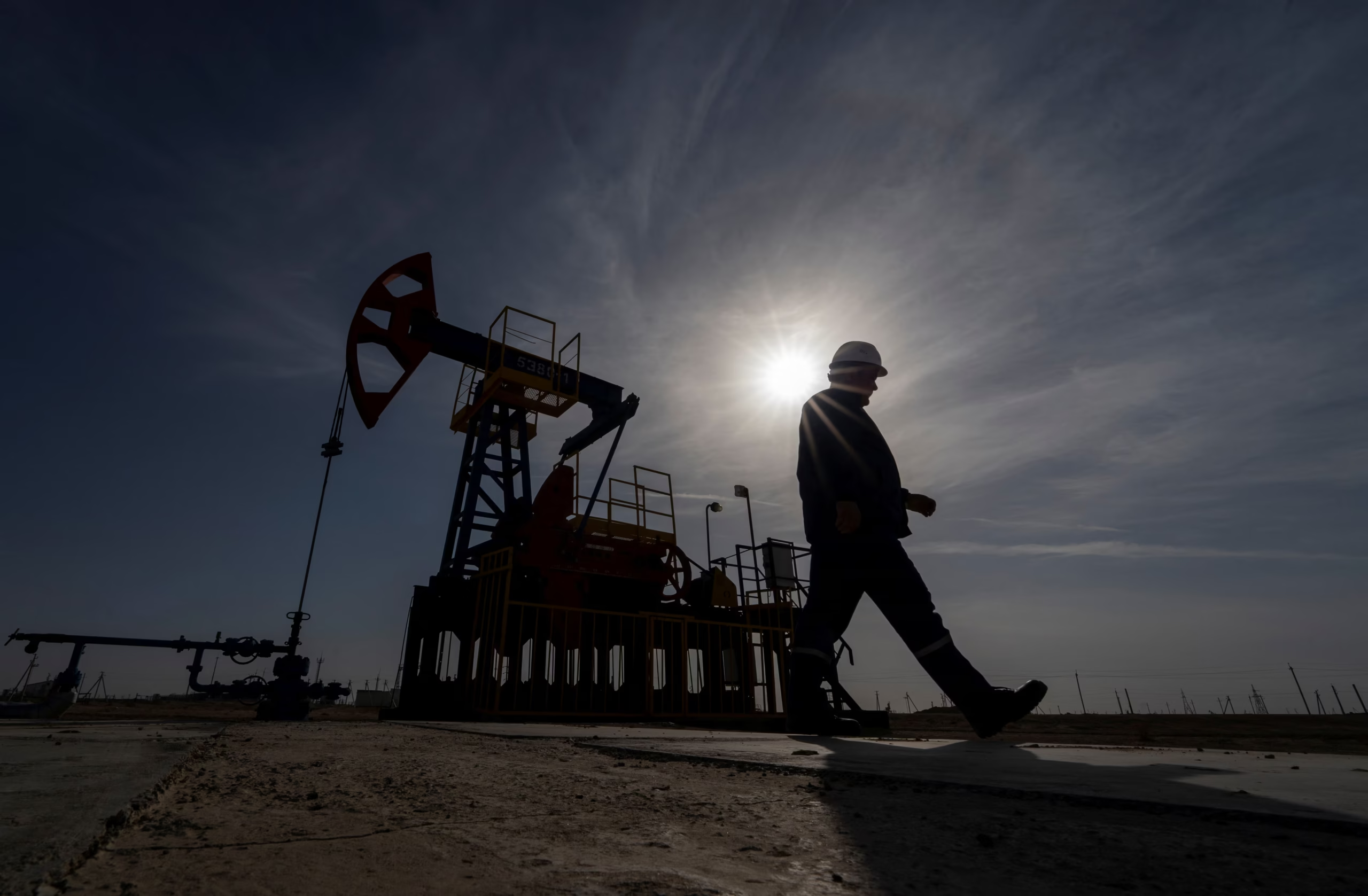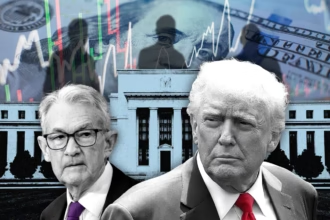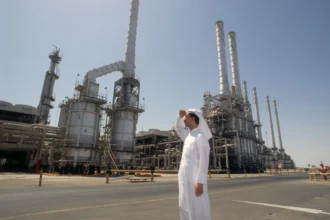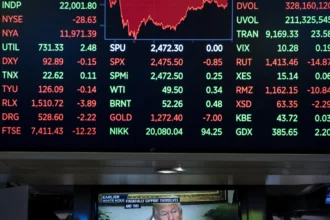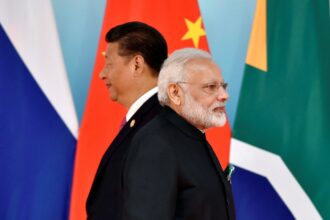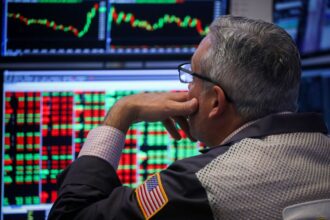As the global economy grapples with lingering inflation, rising geopolitical tensions, and uncertain policy directions, the World Bank has issued a stark warning: the world is facing one of its slowest economic growth periods in decades. In its latest report, the institution significantly downgraded its global GDP forecast for 2025, underscoring the fragile state of recovery following the pandemic and amid intensifying trade disruptions.
Global Growth Downgraded to 2.3%
The World Bank now projects global GDP to grow at just 2.3% in 2025, a notable drop from the 2.7% projected earlier in the year. This would make it the slowest growth rate outside of major global recessions since 2008. The downgrade affects nearly 70% of economies worldwide, including major powers such as the U.S., China, and much of Europe.
Key Drivers Behind the Weak Outlook
- Trade Tensions and Tariffs: Increasing trade barriers, particularly involving the U.S. and other large economies, have disrupted global supply chains and dampened business confidence.
- Policy Uncertainty: Governments across both developed and emerging markets are struggling to implement clear and effective economic policies, leading to hesitation in investment and spending.
- Sluggish Trade Growth: The forecasted expansion of global trade in 2025 is just 1.8%, sharply down from 3.4% in 2024.
Regional Breakdown
- United States: Growth is now expected to be around 1.4%, reflecting the impact of tighter monetary policy and slowing consumer demand.
- Europe and Japan: Both are forecast to grow by just 0.7%, as they contend with weak domestic consumption and exposure to global volatility.
- Emerging Markets: While still growing faster than developed economies, these countries are projected to expand at 3.8%, down from earlier forecasts.
- Low-Income Nations: Some of the world’s poorest countries risk long-term stagnation, with per-capita GDP expected to remain below pre-pandemic levels well into the 2030s.
Future Risks and Considerations
Should trade conflicts deepen or inflation persist, global growth could fall even further. A hypothetical 10-percentage-point increase in U.S. tariffs alone could shave another 0.5 percentage point off global output. Inflation, while slowing, is still expected to remain elevated at around 2.9% in 2025, well above pre-pandemic norms.
Despite the grim outlook, the World Bank does not currently predict a full-blown global recession. However, it cautions that prolonged stagnation, high inflation, and potential financial market instability could pose severe risks if not addressed through coordinated international policy efforts.
Conclusion
With global growth at risk, the report serves as a call to action for world leaders. Reducing trade barriers, enhancing policy clarity, and investing in vulnerable economies could help restore momentum and prevent a prolonged era of stagnation. The next few years may be decisive in determining whether the world economy can regain sustainable and inclusive growth.

